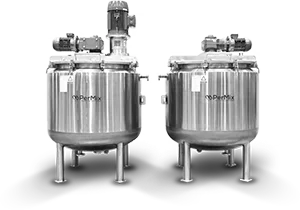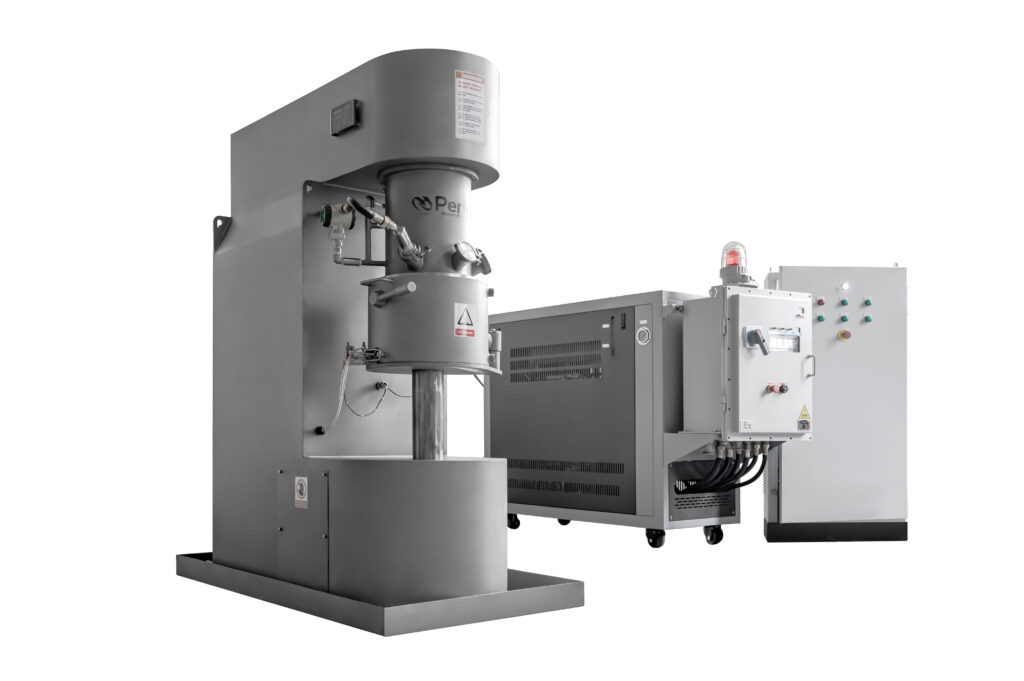Types Of Industrial Mixers Used In Recycling Battery Products
In recycling battery products, industrial mixers play a crucial role in various stages of the process. These mixers are designed to efficiently blend, mix, and process materials to facilitate recycling and recovery of valuable components from used batteries. Here are some types of industrial mixers commonly used in recycling battery products:
- Ribbon Mixers:
- Function: Ribbon mixers consist of helical blades (ribbons) that rotate on a horizontal shaft. They are effective for blending dry materials and are often used in processes where powders or granular materials need to be mixed thoroughly.
- Application: Ribbon mixers can be employed in the early stages of battery recycling to mix crushed battery components, facilitating the separation and recovery of valuable materials.
- Paddle Mixers:
- Function: Paddle mixers use paddles or agitators to create a fluidized mixing action. They are suitable for mixing both dry and wet materials, making them versatile for various stages of battery recycling.
- Application: Paddle mixers can be used in processes where battery materials need to be mixed with water or other liquids for leaching or separation purposes.
- High Shear Mixers:
- Function: High shear mixers are designed to handle materials with varying viscosities. They use high-speed blades or rotors to create intense mixing and shear forces.
- Application: High shear mixers are useful in processes where battery materials require further refinement or where a more intensive mixing action is needed for specific chemical reactions.
- Planetary Mixers:
- Function: Planetary mixers have a set of blades that rotate on their own axes while orbiting around a central axis. This dual motion ensures thorough mixing.
- Application: Planetary mixers can be employed for precise mixing of battery materials in controlled environments, especially when uniformity is critical.
- Tumbling Mixers:
- Function: Tumbling mixers use the rotation of a drum or vessel to tumble and mix materials inside.
- Application: Tumbling mixers can be used for gentle mixing or coating processes in battery recycling, where maintaining the integrity of certain materials is important.
- Agitators:
- Function: Agitators are devices that stir or mix materials using rotating blades, paddles, or other types of agitating elements.
- Application: Agitators can be integrated into tanks or vessels to keep materials in suspension, preventing settling during various stages of battery recycling.
- Static Mixers:
- Function: Static mixers rely on stationary elements to mix materials as they flow through a pipe or channel. They are particularly useful for continuous processes.
- Application: Static mixers can be used in battery recycling processes where a continuous and uniform mixing of materials is required.
When choosing an industrial mixer for battery recycling, factors such as the type of battery being processed, the desired end products, and the characteristics of the materials involved should be considered to ensure optimal performance and efficiency. Additionally, safety measures should be implemented to handle potentially hazardous battery components.


